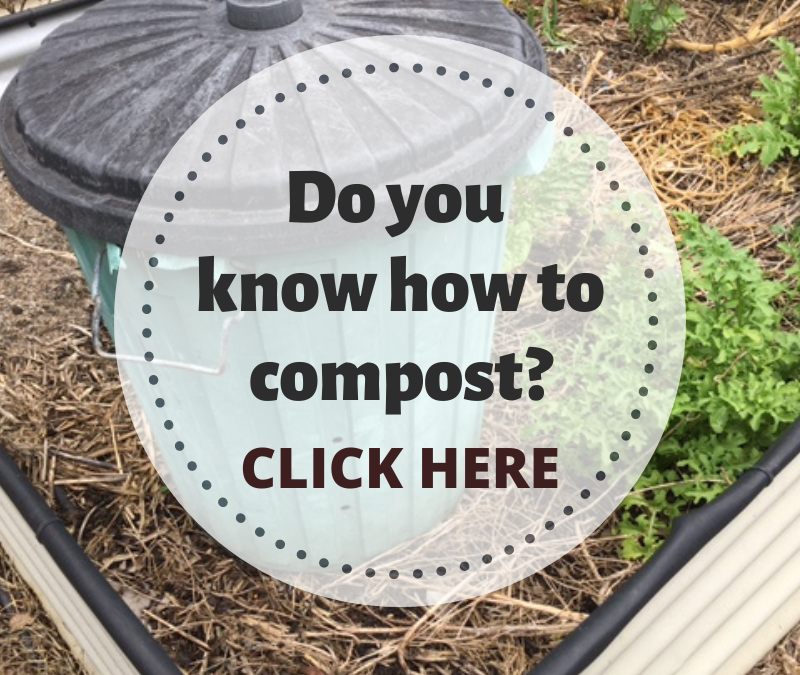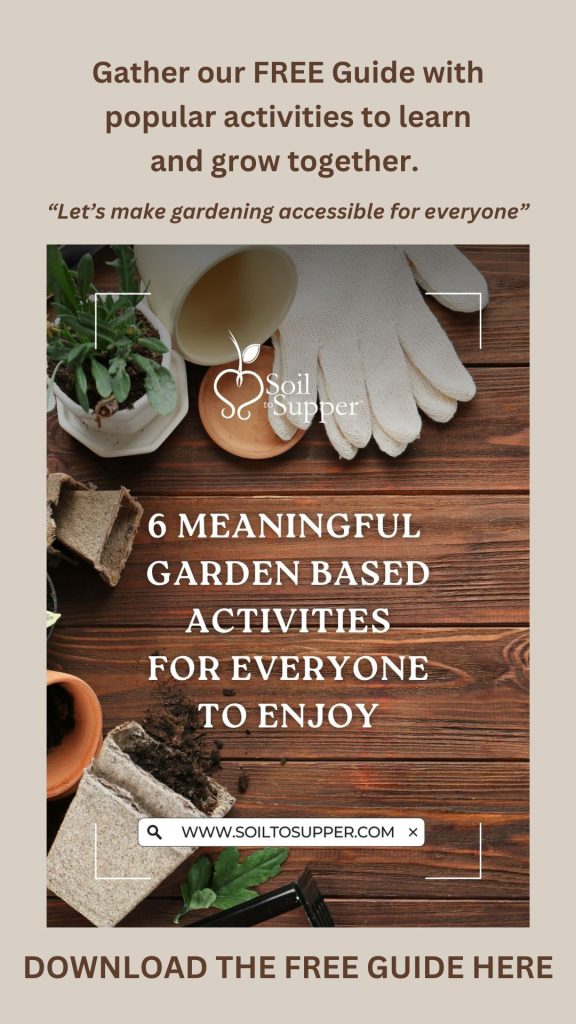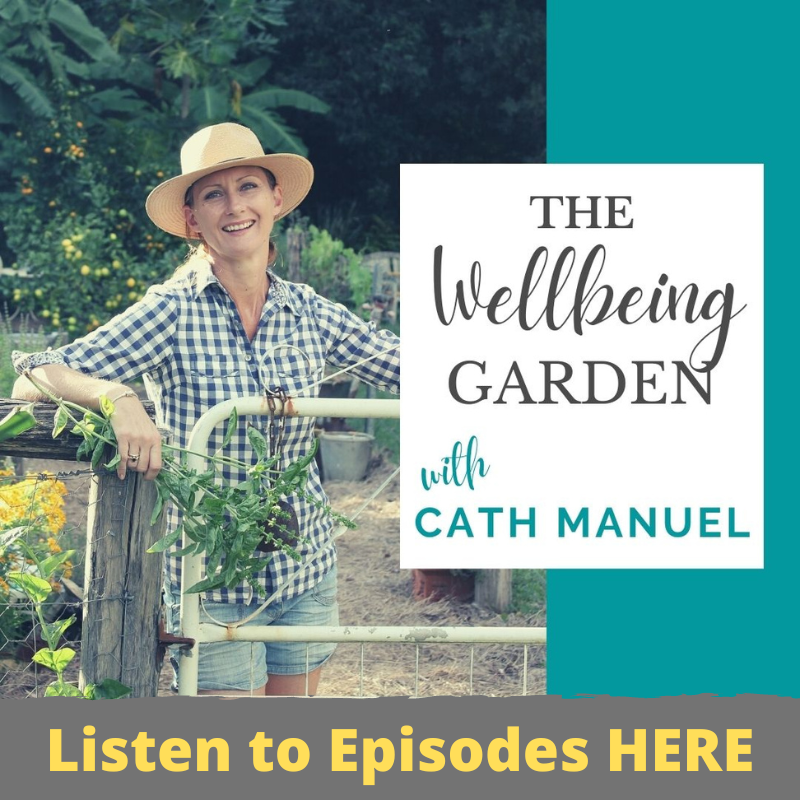Want to know how to create compost the easy way?
Many people ask me about composting. I think it’s something most of us want to do, but many people find it all too confusing.
Here’s an explanation of compost, the ingredients and a few tips for creating quality compost, because to compost successfully it helps to understand the process.
What is Compost?
Compost is decomposing organic matter. Composting is nature’s process of decomposition.
Fully decomposed matter is called Humus.
 Humus is one of the most important things you can add to your garden and is the basis for all sustainable gardening.
Humus is one of the most important things you can add to your garden and is the basis for all sustainable gardening.
Healthy soil is called Humus – [def: A dark-brown or black organic substance made up of decayed plant or animal matter. Humus provides nutrients for plants and increases the ability of soil to retain water OR The dark organic material in soils, produced by the decomposition of vegetable or animal matter and essential to the fertility of the earth.]
Why Compost?
To maintain a productive garden you need to add compost and other ingredients to your soil. Read my article on feeding garden soil HERE.
Up to 50 % of the waste that goes into landfill every week could be composted and turned into valuable food for the soil.
When food scraps are disposed into landfill they quickly rot and become carbon dioxide and methane gas, two of the most common greenhouse gasses. So to reduce green house gases and improve our garden we all need to compost our food scraps and other household waste.
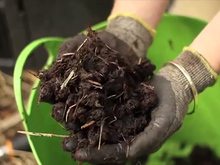 This saves us time and money by having nutrient rich plant food ready at home.
This saves us time and money by having nutrient rich plant food ready at home.
I always recommend having either a compost system, worm farm or both. These will supply your garden with rich, organic matter to help improve your soil. It’s also useful when planting out seedlings, shrubs and trees.
Read more here…What’s the difference between Composting and Worms Farms?
Using a plastic garbage bin as a Compost Bin – cheap and easy!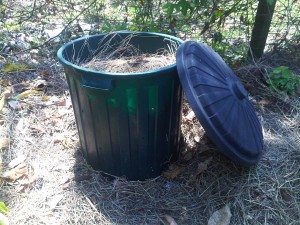
- cut out the base and drill a few air holes in the side.
- place this directly in garden beds or around fruit trees to
feed your trees. - to empty out compost just lift up the bin and spread the compost over the soil.
- you can plant directly into the compost.
TIP – use any size or shape compost bin to suit your garden. Many styles are available at your local stores.
Locate your compost system…
- directly in-garden
- near the house if possible for quick access
- in full sun - compost heats up from the organisms, but full sunshine helps keep it warm, especially during cooler months
- on the soil - connect the contents to the earth
- access to water
- easy access for collecting compost when ready
Carbon – brown, dead, old and dry, eg mulch, newspaper, shredded paper, dry leaves, saw dust. You can also use tissues, paper towels (no chemicals used on these) or serviettes. I keep all old office paper and soak it in water before putting in the compost as a carbon layer. Carbon supports fungi.
Nitrogen - green and fresh, eg; fresh food scraps, lucerne  (green), manures, compost, coffee grounds, fresh weeds and grass clippings, blood and bone, Comfrey, Pigeon Pea, Arrowroot and other greens. Keep a small bin in the kitchen for all food scraps. To help keep the bin clean line the base with a paper towel, piece of newspaper or old office paper. Just tip the whole lot in the compost when full, paper included! Nitrogen supports bacteria.
(green), manures, compost, coffee grounds, fresh weeds and grass clippings, blood and bone, Comfrey, Pigeon Pea, Arrowroot and other greens. Keep a small bin in the kitchen for all food scraps. To help keep the bin clean line the base with a paper towel, piece of newspaper or old office paper. Just tip the whole lot in the compost when full, paper included! Nitrogen supports bacteria.
Water - compost should be damp, not soaking.
Air - is present in the building process and added when mixed or turned.
Activators - high Nitrogen and gets the micro-organisms going, eg molasses, worm juice, liquid fertilisers, comfrey (leaves & home-made comfrey tea), old compost and even small freshly dead animals (yuk) can be used to activate the pile….
Carbon:Nitrogen (C:N) Ratio
For fast and best performance of the composting system it’s important to have the correct C:N Ratio, or Carbon to Nitrogen Ratio, of the items being added.
This isn’t the quantity of materials, but the chemical compound ratio of carbon to nitrogen in the actual materials themselves…Let me explain…
Organisms need about 30 parts carbon to one part nitrogen in what they consume, e.g. approx. a 30:1 C:N ratio.
Generally we add food scraps, garden clippings, mulch, etc to our compost. Here’s the approximate C:N ratio for these items –
- Kitchen waste = 15:1
- Fresh lawn & garden clippings = 20:1
- Chook manure with hay or straw = 10:1
- Animal manure = 20:1
- Coffee Grounds = 25:1
- Shredded paper = 150:1
- Autumn Leaves = 50:1
- Hay or Cane Mulch = 100:1
- Sawdust = 400:1
- General garden waste with brown leaves = 30:1
**The fresher the item, the higher the nitrogen level, so lower the number.
**The older and dryer the items, the higher the carbon level and higher number.
Compost needs to be made with items that add up to around a C:N ration of about 30:1. One example is kitchen scraps at 15:1 added with cane mulch of 100:1 would be a slightly high carbon ratio, but with added activators (high nitrogen, low C:N) should balance the mix to about 30:1 all up and decompose nicely.
Don’t get carried away with worrying too much about counting carbon and nitrogen content, here’s a simple rule…
- If you add too much nitrogen the mix will be wet and smelly so just add more carbon and air (by
turning with a fork). - If the mix is too dry and not decomposing then you’ve added too much carbon and you need to add water and activators to get the pile heated up and decomposing faster.
Now to start your compost bin system…
- Have all the ingredients ready.
- Place the compost bin flat on the ground in a suitable location.
- Gloves and dust mask on.
- Fill the bin with layered ingredients until it’s full to the top.
- Put some old compost on the ground to start the process
- Carbon - dry leaves, dry lawn clippings, mulch
- Nitrogen - food scraps or garden clippings

- Carbon - mulch
- Activator
- Nitrogen
- Carbon
- Water
- Nitrogen
- Carbon
- etc…until bin is full
- Pour a full watering can made up of diluted liquid fertiliser, comfrey tea or worm juice all over the contents. This helps to activate the mix and get the micro-organisms working throughout.
- Always finish with a carbon layer, eg sugar cane mulch
- Keep moist, but not too wet.
What to do now?
Leave the compost bin to rest for a few days. Then remove the lid and there should be moisture on the inside of the lid. This is a good indication that the mix is damp enough and starting to heat up.
You can now add your kitchen scraps, garden clippings or other green nitrogen ingredients.
Always top with a layer of mulch and water.
TIP - You could add a watering can of diluted worm juice, comfrey tea, seaweed solution or other liquid fertiliser to help the decomposing process.
Place the lid back on after adding ingredients.
Continue to add ingredients until bin is completely full, generally two weeks, then let the bin rest while starting another bin in different location, e.g. another garden bed. You may need to loosen mix with a fork to add air if mix is too damp.
The first load of compost should be ready in about 4 - 6 weeks to use in your garden. This is great for feeding trees, planting shrubs or seedlings or to improve soil before planting.
Some problems you may find…..
Smelly, too wet, sour or rotten – too much water, not enough air and not enough carbon. Add more carbon and turn the mix to allow for more air flow.
Always top with a layer of carbon. Never leave food scraps uncovered as the mix will not decompose and there will be small flies in the bin.
Dry and not decomposing or ants have moved in – there’s too much carbon and not enough water. Add more nitrogen, eg lawn clippings, comfrey, plant clippings or food scraps.
Water the ingredients with a watering can of diluted liquid fertiliser. (Comfrey Tea would work well now) You could also add more activators or manures to help heat the mix up.
If you follow these steps and the compost still  doesn’t work then take it all apart and start again.
doesn’t work then take it all apart and start again.
I’m sure it will work for you the next time. If not, then contact me and I can help you successfully create compost!
Looking for guidance in your garden?
Here’s three ways I can support you now!
- You’ll find information on many gardening topics, plus steps to grow your plants through our articles and podcasts. Have a look at topics here…
- Ask a Question in our Free Facebook Club. It’s also a great place to connect with other gardeners and share your gardening wins.
- Join the Gardening Community. This is the one location online to help you with success in the garden! From gardening guides, masterclasses, courses, videos, other resources and our member forum, you’ll connect, learn & grow with confidence. Plus access one-on-one support from me. Find out more here…www.soiltosupper.com/community/
Helping you learn, grow and thrive.
HAPPY COMPOSTING!
Cath
© cath manuel 8 may 2012

